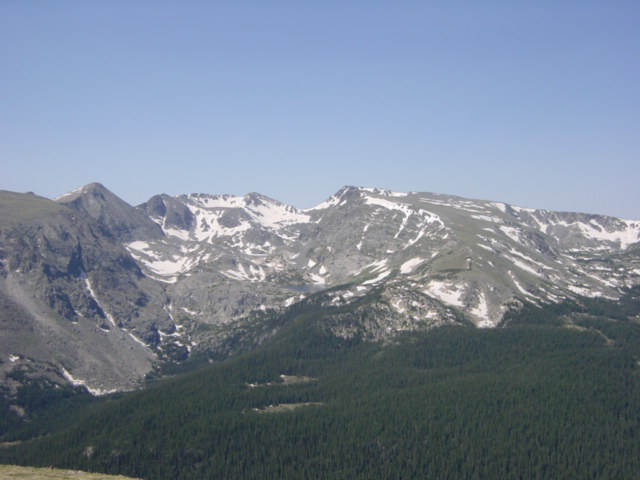While there is technically not a “bad” place to hike in Zion National Park, many of the park’s signature hikes present a number of challenges. Angel’s Landing, for example, tests an individual’s fear of heights. The Narrows, as yet another example, tests an individuals willingness to wade in cool to chilling water. Further complicating Zion’s hiking is the fact that as one of the National Park service’s signature - and most popular units, hiking in the main areas of Zion requires additional planning, from parking one’s vehicle outside the park, and riding the shuttle to a number of areas in the valley. While some of these issues can be avoided by going in the off-season, or into other areas of the park, the fact remains that some of the best views in the park can be found outside of the main valley of Zion at the Canyon Overlook with little to no effort.
Bunny Flat to Lemuria
While there are many amazing trails in the Mount Shasta region that lead to a number of super fantastic places, including lakes, summits, trees, animals and more, the absolute best trail in the region leads to a location that is even better than these mundane things. The Bunny Flat Trail to Lemuria is without question, the best trail in the Mount Shasta Region, the best trail in Northern California, and perhaps, the best trail in the world. The reason for this is that while most trails merely take you to a physical location, this trail takes you to a location that is beyond space and beyond time. While it may seem hard to believe, this trail takes you to a metaphysical location that lies somewhere in the imagination and heart of every person, irrespective of whether they know it exists or not – and that location is Lemuria.
Broken Hill Loop, Torrey Pines State Reserve
Burney Falls
Here's a pop quiz for you: as fast as you can (and without using Google), name the seven wonders of the world. In 2014, chances are that you can't do it, because it's too vague of a question as there are a plethora of lists touting different versions of the many wonders that exist around the planet. Irrespective of what the original seven wonders of the world are; or what the modern seven wonders of the world are; or who voted on the list of the seven wonders, there is only one eighth wonder of the world. That wonder is Burney Falls, located in the Cascade Range in Northern California.
Skull Cave
One of the lesser known gems of the National Park system is Lava Beds National Monument. Established in 1925, the park is home to the largest concentration of lava tube caves in the United States. Currently, over seven hundred (700) separate caves have been discovered in the park, and over twenty of these caves are accessible to the general public. That's right: over twenty of the caves are accessible to visitors. While there are many amazing things about Lava Beds - petroglyphs, hiking trails along the Medicine Lake shield volcano, interpretive displays about the Modoc War and more, the caves are the signature attraction. Unlike many National and State Parks which discourage or limit exploration of underground features to pre-set guided tours, Lava Beds encourages exploration of its many caves. And, as a matter of fact, Rangers will "rent" flashlights (no charge with a valid Driver's License) and provide information about the conditions found in the various caves within the park. One of the easiest caves to explore in the park with an interesting geologic and cultural history is Skull Cave.
Jamul Kiln
Although it was discovered by Juan Cabrillo in 1542 when looking for the mythical Strait of Anian, San Diego is a young city. To this day, like many other West Coast locations it is considered bereft of “historic” locations; even though Native Americans had lived in its environs and other areas for thousands of years prior to Cabrillo’s arrival. Perhaps this bias springs from the fact that not many people know much about San Diego other than what they learned in Anchorman; or perhaps this bias springs from the fact that while San Diego has historic sites, most of them are not common knowledge. In any event, San Diego is a city with ancient historic sites; and more modern historic sites. It is even a city with lost historic sites. While I’m sure there are plenty of semi-lost; partially-lost, and actually-lost sites out there that I don’t even know about, the best almost-actually lost site I’ve come across and found is this one – the ruin of the Jamul Kiln, or if we’re being technically accurate, the Jamul Cement Works.
The Freedom of the Open Road
The first things that climbers and mountaineers think about, obsess about, and dream about are cold, hard stones and mountains, stretching into unknown skies above distant plains. The second thing that climbers and mountaineers think about is the open road. The open road can be any road; any highway; any dirt track; or anything at all. It is an abstract concept and cannot be quantified in mere words. It is every road and no road. It is absolute freedom; and it is a means to get to the wild. It is a symbol of freedom; and it is something, like the hills that always has a siren song.








